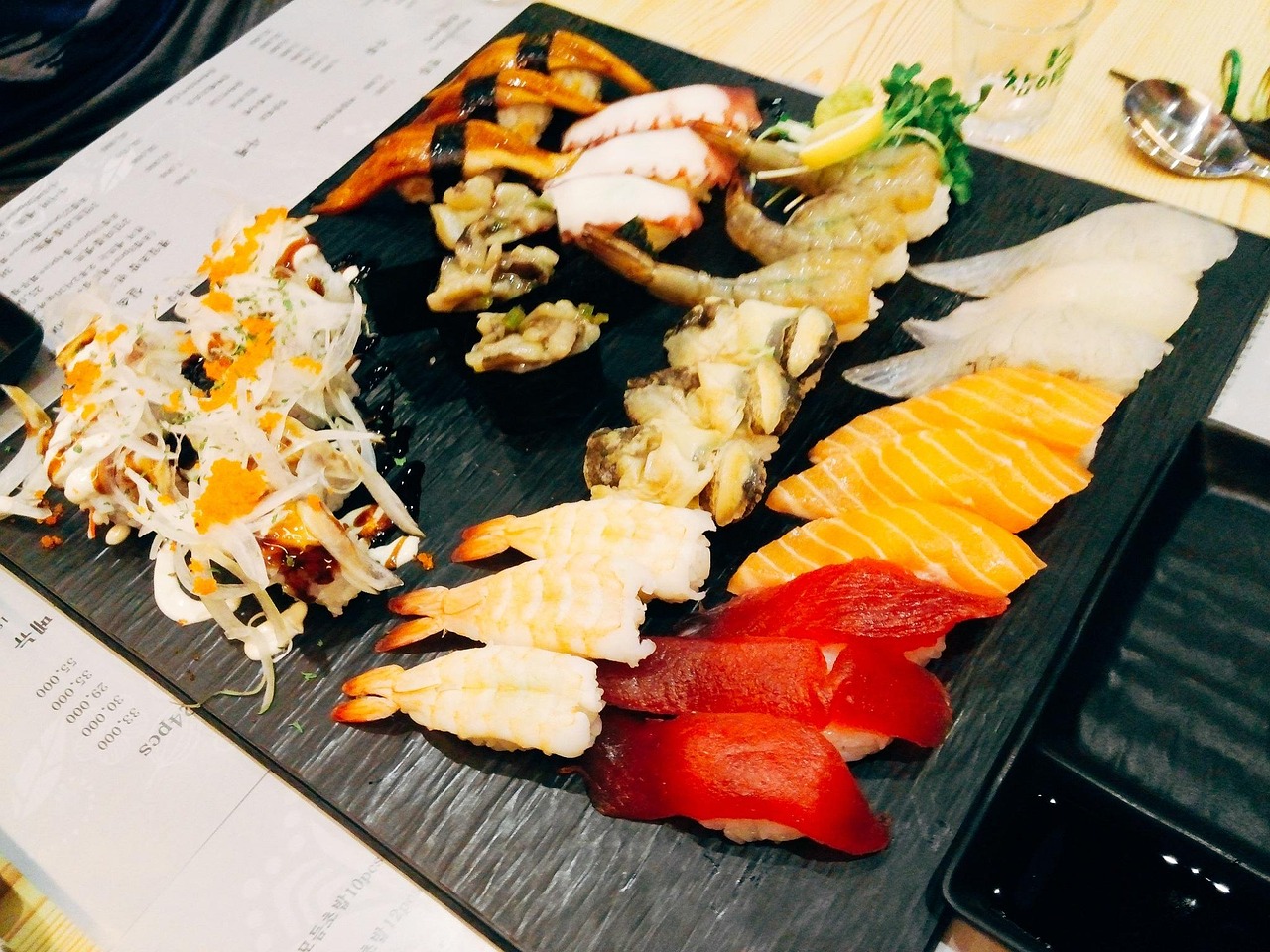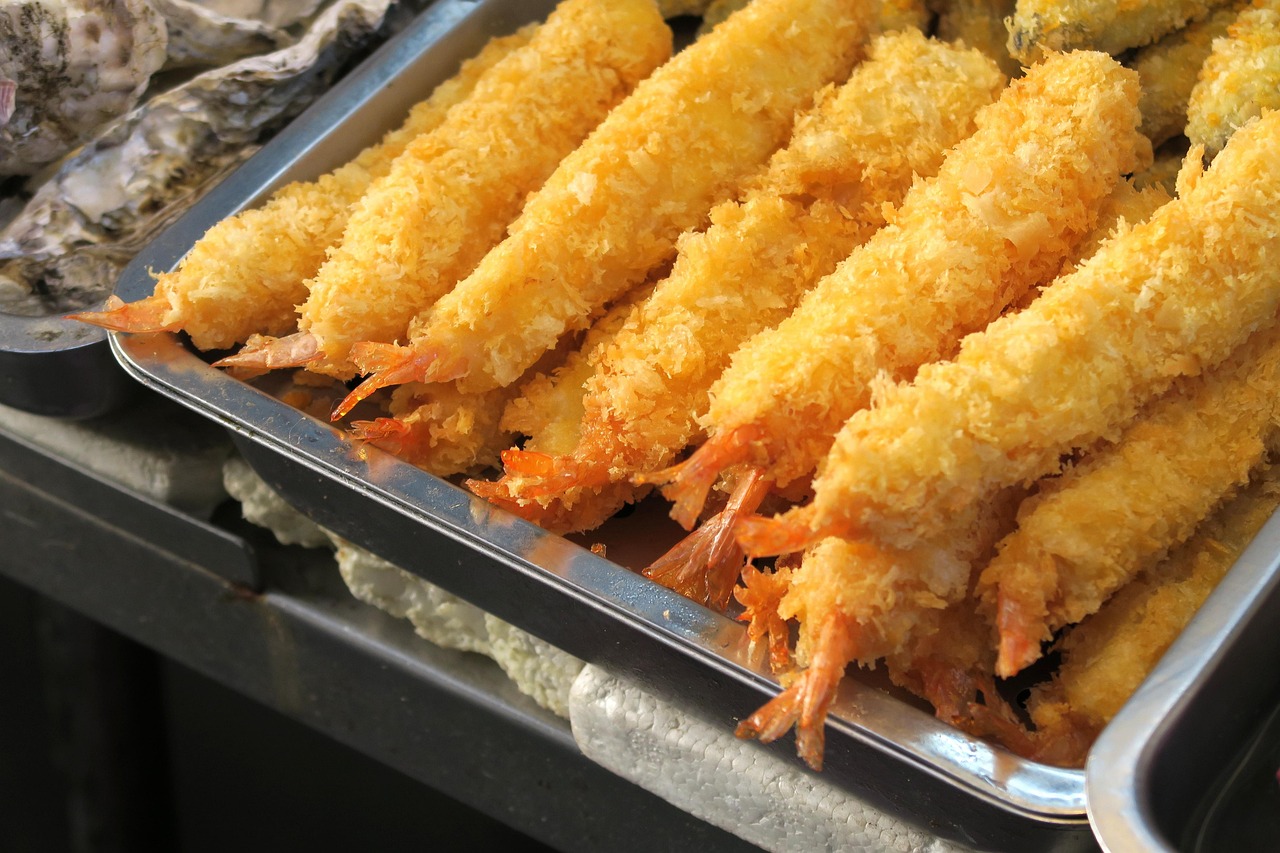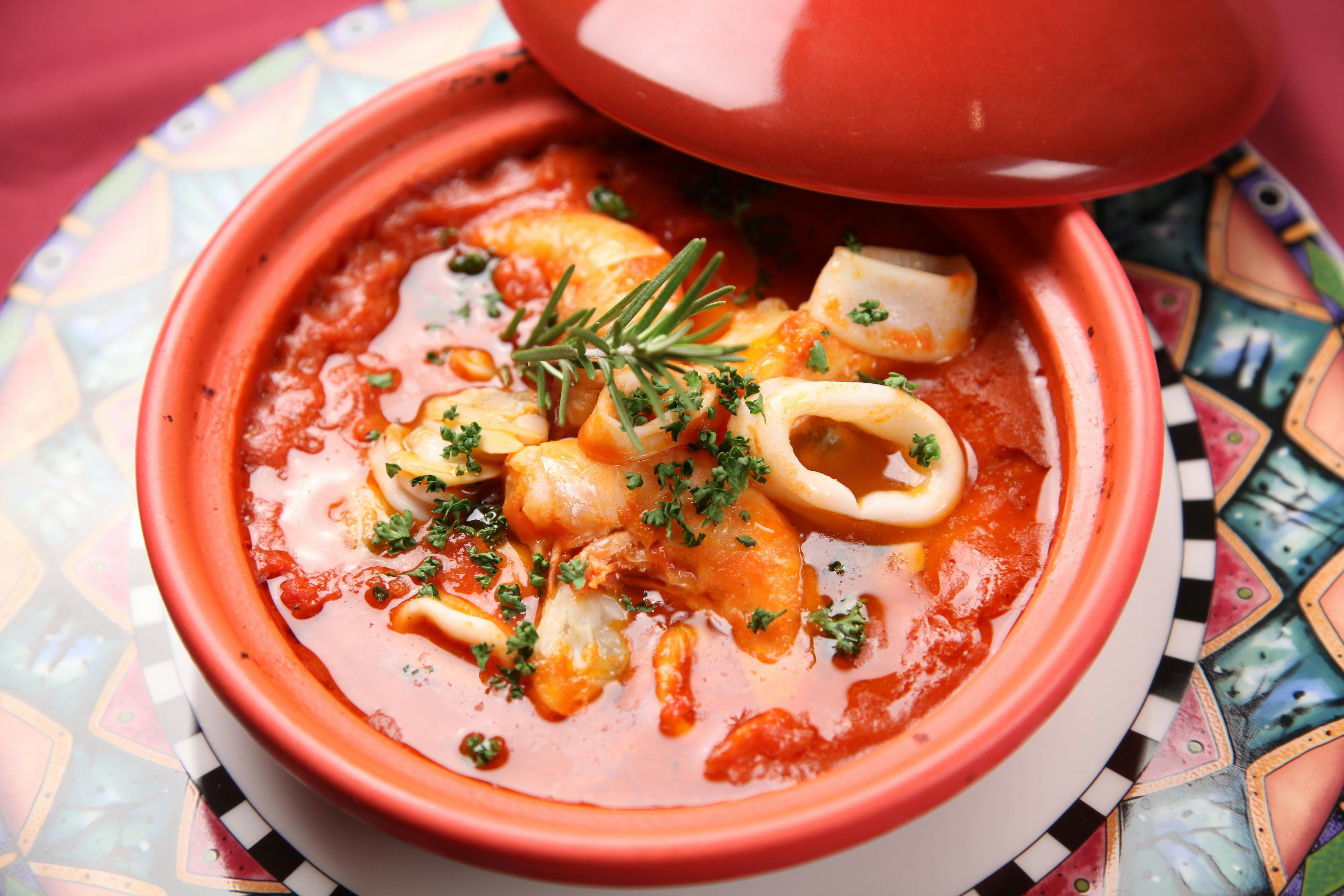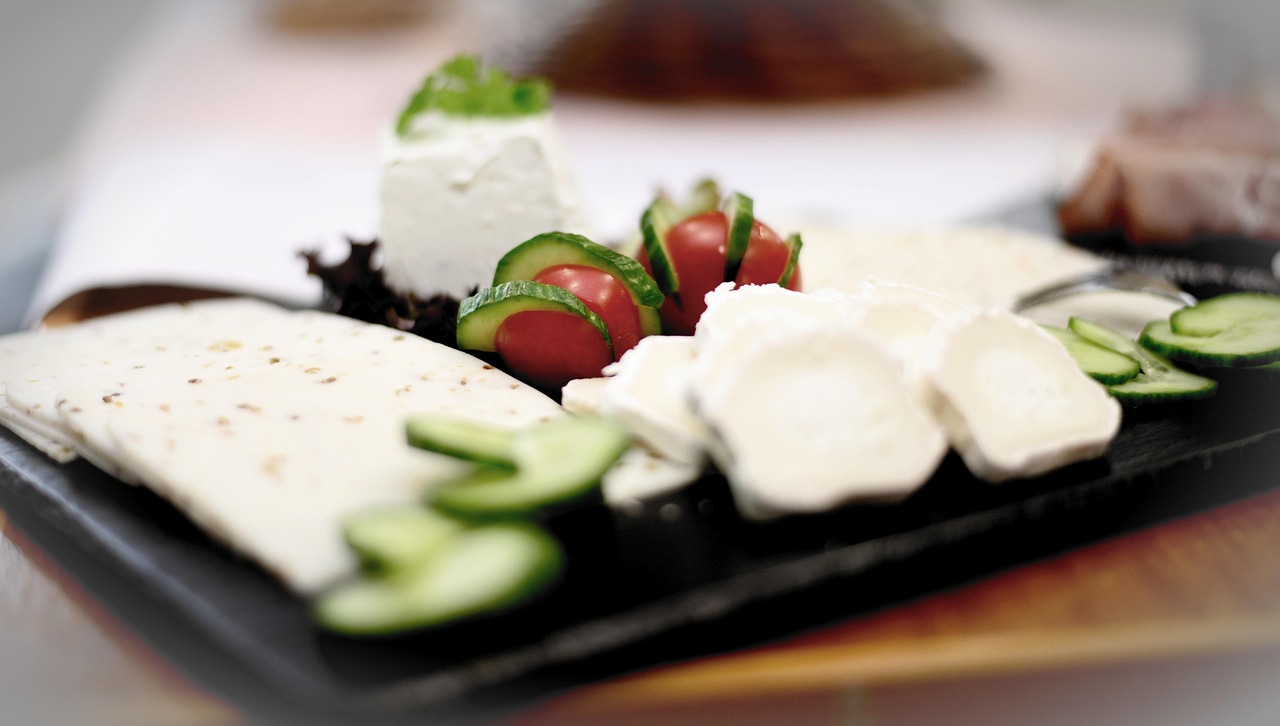The article delves into the diverse and rich tapestry of traditional Chinese cuisine, showcasing its unique flavors, ingredients, and cooking techniques. It highlights the regional variations across China, from the spicy Sichuan dishes to the delicate Cantonese cuisine. The article also emphasizes the importance of balance and harmony in Chinese cooking, reflecting the country's cultural values. It explores the use of diverse ingredients, such as exotic mushrooms, seafood, and various meats, and the incorporation of traditional herbs and spices. The article concludes by discussing the influence of Chinese cuisine on global gastronomy and its growing popularity worldwide.
Introduction
Chinese cuisine, with its rich history and diverse regional flavors, is a culinary journey that spans thousands of years. It is not just about food; it's an integral part of Chinese culture, reflecting the country's history, geography, and the philosophy of living. This article delves into the intricacies of traditional Chinese food, showcasing its unique ingredients, cooking techniques, and the cultural significance that each dish carries.
Historical Context
The roots of Chinese cuisine can be traced back to the prehistoric era, with evidence of early cooking methods and food preservation techniques. Over time, as Chinese civilization evolved, so did its cuisine. The Silk Road facilitated the exchange of ingredients and culinary ideas, leading to a rich fusion of flavors. Dynastic changes brought with them new ingredients and cooking techniques, which were incorporated into the existing culinary repertoire.
Regional Variations
One of the most striking features of Chinese cuisine is its regional diversity. China's vast geography, with its varying climates and terrains, has resulted in distinct culinary traditions across different provinces. For instance, Sichuan cuisine is known for its bold and pungent flavors, with a liberal use of garlic and chili peppers. In contrast, Cantonese cuisine from the south is lighter and more focused on the freshness and natural flavors of the ingredients.
Key Ingredients
Rice and wheat are staple grains in Chinese cuisine, with rice being predominant in the south and wheat in the north. Soybeans are another important ingredient, used in various forms such as tofu, soy milk, and fermented products like soy sauce and fermented black beans. Other essential ingredients include a wide array of vegetables, meats (pork, beef, chicken, and seafood), and a variety of spices and condiments that add depth and complexity to the dishes.
Cooking Techniques
Chinese cooking techniques are as diverse as the ingredients used. Stir-frying is perhaps the most well-known method, which involves cooking ingredients quickly over high heat to seal in flavors. Other techniques include steaming, which is believed to preserve the nutritional value of food; braising, which tenderizes meat and infuses it with rich flavors; and deep-frying, which gives a crispy texture to dishes like spring rolls and wontons.
Signature Dishes
1、Peking Duck: A symbol of Beijing cuisine, Peking Duck is known for its crispy skin and tender meat. It is typically served with pancakes, scallions, cucumber, and sweet bean sauce, wrapped up for a complete bite.
2、Hot Pot: Originating from Sichuan, hot pot is a communal dining experience where diners cook thinly sliced meats and vegetables in a shared pot of boiling broth. The cooked ingredients are then dipped in a variety of sauces before being eaten.
3、Dim Sum: A traditional Cantonese meal, dim sum consists of small, bite-sized portions of food, such as dumplings, buns, and rice noodle rolls, typically enjoyed during brunch hours.
4、Wontons: These are dumplings filled with minced meat and vegetables, often served in a clear broth or fried until crispy.
5、Congee: A rice porridge, congee is a comforting dish that can be served plain or with various toppings, such as pickled vegetables, shredded meat, or century eggs.
Cultural Significance
Food in Chinese culture is not just about sustenance; it's a way of life. Meals are often a time for family and friends to gather, and the act of sharing food is a symbol of hospitality and togetherness. Traditional Chinese food is also closely tied to festivals and celebrations. For example, dumplings are eaten during the Lunar New Year to symbolize wealth and prosperity, while mooncakes are a must-have during the Mid-Autumn Festival.
Health and Balance
Chinese cuisine places a strong emphasis on the balance of flavors and the health benefits of food. The concept of "yin" and "yang" is integral to Chinese culinary philosophy, with an aim to achieve harmony between opposing elements. This is reflected in the use of ingredients that are believed to have medicinal properties, such as goji berries and ginseng, and in the preparation of dishes that are meant to nourish and balance the body.
Modern Influences
As China has become more globalized, its cuisine has also evolved to incorporate international influences. Modern Chinese cuisine can be seen in the fusion of traditional dishes with Western ingredients and cooking techniques. This has led to a new wave of Chinese restaurants that offer a contemporary take on classic dishes, appealing to a global palate while staying true to their roots.
Conclusion
The traditional Chinese cuisine is a tapestry woven with threads of history, regional diversity, and cultural significance. It is a cuisine that continues to evolve, adapting to modern tastes while preserving the essence of its rich culinary heritage. Whether you're exploring the spicy depths of Sichuan dishes, the delicate flavors of Cantonese dim sum, or the hearty warmth of a hot pot, each bite offers a glimpse into the soul of China and its people. As you journey through the flavors of Chinese cuisine, you'll find not just a meal, but a story that has been told and retold for thousands of years, a story that is as diverse and complex as the country itself.











 京公网安备11000000000001号
京公网安备11000000000001号 闽ICP备2023004937号-3
闽ICP备2023004937号-3